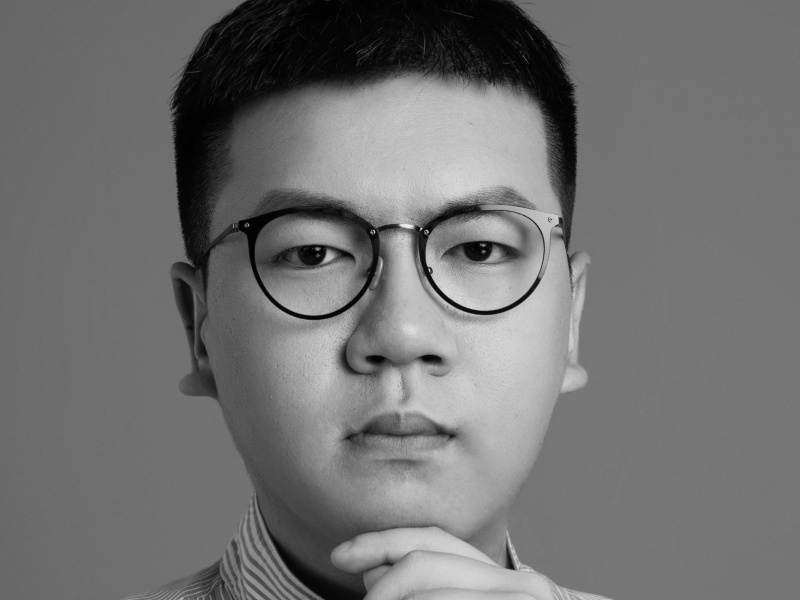Top KOL Mr. Kira shared more about the China influencer landscape and new collaboration opportunities with luxury brands in this dialogue session at the Luxury Society Keynote in Shanghai.

Top KOL Mr. Kira shared more about the China influencer landscape and new collaboration opportunities with luxury brands in this dialogue session at the Luxury Society Keynote in Shanghai.
Given the impact of COVID-19 on the retail climate, luxury brands have been stepping up the pace of their digital acceleration on all fronts – from e-commerce to social media. Social media has long been one of the most fundamental forms of digital presence in China, and brands have constantly been exploring new methods and means to engage with audiences on this fast-evolving stage. Alexander Wei, Editor at Luxury Society picked the brains of Mr. Kira, a top Chinese KOL, on this topic at the Luxury Society Keynote held in Shanghai. How luxury brands can find new marketing opportunities in the Chinese digital ecosystem through leveraging KOL collaborations?
As China's social platforms grow multi-faceted, brand content is no longer simply about building consumer aspirations but about driving real conversions as well. Of late, livestreaming has probably been the most talked about method of achieving both exposure and sales for brands. However, some luxury brands are still hesitant to tap into livestreaming – and particularly selling via livestreaming – because of concerns about the medium’s impact on brand image and positioning. But Mr. Kira begged to differ: “To young people, livestreaming is something very common. And because everyone is doing it, viewers don’t question whether it’s impacting the brand value or if it is premium or not; they will only focus on whether the content is good enough.” He also expressed that while the first luxury brand to stand out and try livestreaming might be challenged, once more and more brands start to do the same, livestreaming will no longer be questioned as a strategy but seen as something completely normal.
Mr. Kira also shared his thoughts on the shifting online landscape in China and how brands can cater to younger generations. The first step, he noted, would be to understand the target user group, before tailoring a content strategy accordingly. Using video platform Bilibili as an example, he analysed how brands can enhance the communication effectiveness of their content by pinpointing user preferences and behaviours on the platform.
As platforms grow more diverse, KOLs that produce content on these platforms naturally become increasingly segmented. This presents an opportunity for luxury brands to think outside the box and work with a wider range of KOLs that specialise in different content types and topics for added exposure. Mr. Kira cited the example of Gucci: As part its Ouverture Of Something That Never Ended collection launch, it released a series of short films, and hence chose to work with a film KOL, Dushe Movies, on promotional content. “Not only did fashion enthusiasts read his article, film lovers who are less fashion savvy would read this as well, and may become interested in a pair of shoes or a bag, thus becoming part of Gucci's audience,” he said. “It's a very interesting thing.”
Watch the video below for the full session.










